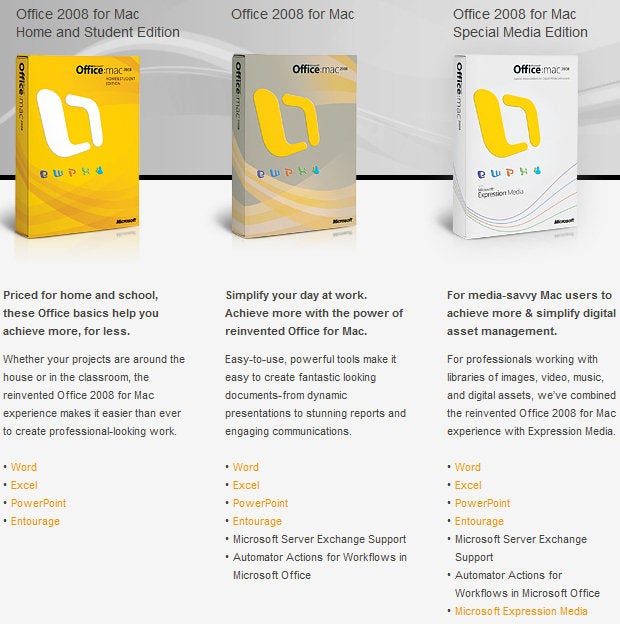

Detection ranks on a 1 to 10 scale, 10 means worst detection capability. Detection (D): a ranking number reflects the best detection control method.Detection Control (in Control Method) Design action to detect the failure or the cause of the failure if it happens.Occurrence ranks on a 1 to 10 scale, 10 means the highest possibility of occurrence. Occurrence (C): a ranking number reflects the possibility of occurrence of the Failure.Prevention Control (in Control Method): Design action to prevent potential cause to occur.A failure mode has one or many potential causes.


Class: Special product characteristic or high-risk failure mode.Severity ranks on a 1 to 10 scale, 10 is the most severe risk. Severity (S): a ranking number reflects the most severe potential effect of a failure mode.Effects: Potential effects of the potential failure mode on the function and customers.A failure mode has one or many potential effects. Failure Mode: The way that an item potentially fails to meet the requirement.A requirement has one or many potential failure modes. Requirement: Requirements of a function.Items: Item (component, part, assembly) of the product/part to be analyzed.The information in the header can be customized to what you need to organize and control your document better. Revision Date: The latest revision date of FMEA.Original Date: The date that the original FMEA was compiled.Each organization should have a consistent document numbering system used for tracking the document. FMEA Number: The document control number of the FMEA document.Manager: Person who has responsible for release the FMEA document.Responsible: Person who is responsible for preparing the FMEA document.

Make excel for mac 2008 look like windows code#


 0 kommentar(er)
0 kommentar(er)
